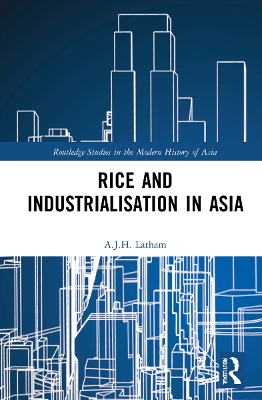Routledge Studies in the Modern History of Asia
1 total work
This book is about the introduction of modern power-driven rice milling to the main rice exporting countries of Burma (Myanmar), Siam (Thailand) and French Indo-China (Vietnam) from 1869.
Rich in historical and empirical sources, the book draws extensively from the London Rice Brokers’ Association Circular archives, published monthly from 1869 to 2014, as well as numerical data gathered from historic trade and custom reports. It outlines how rice had been exported in the husk to be milled in Britain prior to 1869, after which mills were transferred to Asia and the rice shipped back having been milled. Rice processed in Asia is explained not only as a major saving in transport costs, but the marker of a crucial step in the industrialisation of Asia – namely through the introduction of modern mechanised value adding rice mills powered by steam engines. This is a reversal of the concept that the development of modern technology de-industrialised Asia, turning it into a supplier of raw materials. Later chapters address the inter-war years, when Chinese companies in particular took over the operation of mills and developed an Asia-wide market for rice milled in the great milling centers of Rangoon (Yangon), Bangkok and Saigon (Ho Chi Minh).
Rice and Industrialisation in Asia will prove a valuable resource to students and scholars of economic history, postcolonial studies, and Asian studies more broadly.
